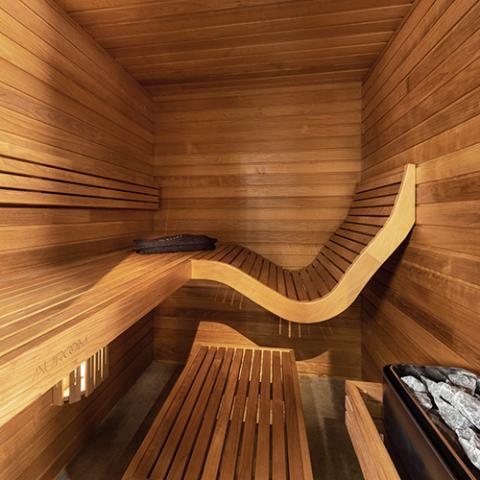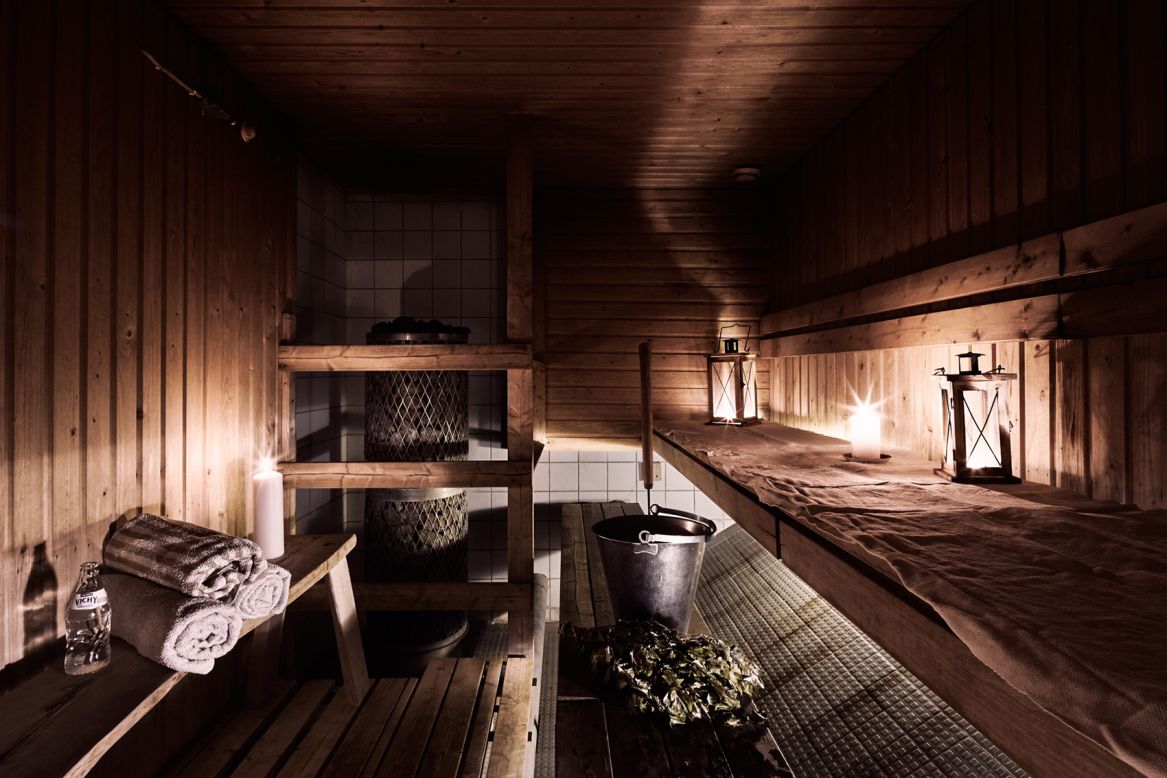The Only Guide for Traditional Sauna
The Traditional Sauna Ideas
Table of ContentsThe 5-Second Trick For Traditional Sauna5 Simple Techniques For Traditional SaunaTop Guidelines Of Traditional SaunaNot known Factual Statements About Traditional Sauna A Biased View of Traditional Sauna
A lot of the weight lost in a sauna is water loss and is re-gained upon rehydrating. Nevertheless, undeniably sauna can be a vital part of a healthy and balanced weight management program. To check out the distinctions in between traditional and IR saunas, I will divide these into verifiable, academic, and produced differences.Thus, the most popular point in the saunawhich is at the ceiling directly above the sauna heateris typically in between 185 and 190 F. Claims that a conventional sauna exceeds 200 F is simply not true and not appropriate for electrical saunas offered in the US. The temperature level for a far-infrared sauna is typically established between 120 and 140 F; nonetheless, unlike the standard sauna, the objective in and IR room is not to attain a heat.
Due to this, the temperature level difference is practically irrelevant, considering that profuse sweating leads to both sauna kinds, yet the technique of heating up the body is different. In an IR sauna the bather will really feel warm and will sweat a lot, but at a lot reduced temperatures (Traditional Sauna). Hence, if the goal is to invest longer durations of time in the sauna, the IR sauna is a good selection
When a conventional sauna has been effectively warmed, the sauna walls are cozy, the air temperature level has actually achieved set temperature and the rocks are super warmed. As a fascinating side note, the warmed wall surfaces and the rocks are discharging far-infrared heat, integrated with the warmed air, to develop an "wrapping up heat".
3 Simple Techniques For Traditional Sauna

When the heat is accomplished, the aspects cycle on and off to maintain the heat. Many traditional sauna users enjoy pouring water over the rocks to develop heavy steam to increase sauna humidity levels. The advantages of pouring water over the rocks include: making the area more comfy, moistening the nasal passages, and permitting the use of aromatherapy by blending essential oils with the water.

When the power goes into the body, it triggers the body temperature level to enhance and inevitably leads to sweat. In an infrared sauna it is necessary for the emitters/heaters to stay on practically regularly. Considering that there is no mass of rocks to preserve warmth, the sauna will cool down if the emitters closed off.
As mentioned above, the sauna bather in an infrared room intends to position himself in front of running emitters to obtain maximum gain from the heat. The home heating time for both rooms can be extremely different, depending on exactly how the areas are utilized. For a conventional sauna, a bather should allow 30-40 mins for the area to achieve a wanted temperature and to correctly pre-heat the rocks.
Getting The Traditional Sauna To Work
A well built sauna will commonly attain a temperature of 150-160 F in concerning 30-40 mins. For hotter temperature levels, the space may require to heat for a longer duration.

Conventional saunas have a tendency to be bigger (thus utilize even more electrical energy) than infrared saunas, although traditional saunas are definitely offered in one and 2 individual sizes too. For a two-person typical sauna, 5x6 or 5x7 dimension is most popular. The leading bench can comfortably seat more 2 or 3 people and is additionally long enough to rest throughout the sauna session.
Not known Incorrect Statements About Traditional Sauna
The average expense per kWH of power in the U.S. is around $0.11, so a 4.5 kW heating unit will set you back roughly $.50 to run for one hour, if the heater runs continually for one hour. Typically a sauna heating system will run for 75% of the initial hour and 50% of succeeding hours on because the aspects cycle once the established temperature level is accomplished.

Finally, there is a seldom discussed difference in the social experience in between the two areas. While our society has actually shed some of the social advantage of the standard sauna experience, it can be extremely socially satisfying (Traditional Sauna). From household time in the sauna, to heart-felt conversations with better halves, to sauna partiesthe conventional sauna experience can bring about intimate interacting socially
The Traditional Sauna Statements
The majority of greater end infrared rooms consist of tinted light treatment, noise systems and full-glass fronts.